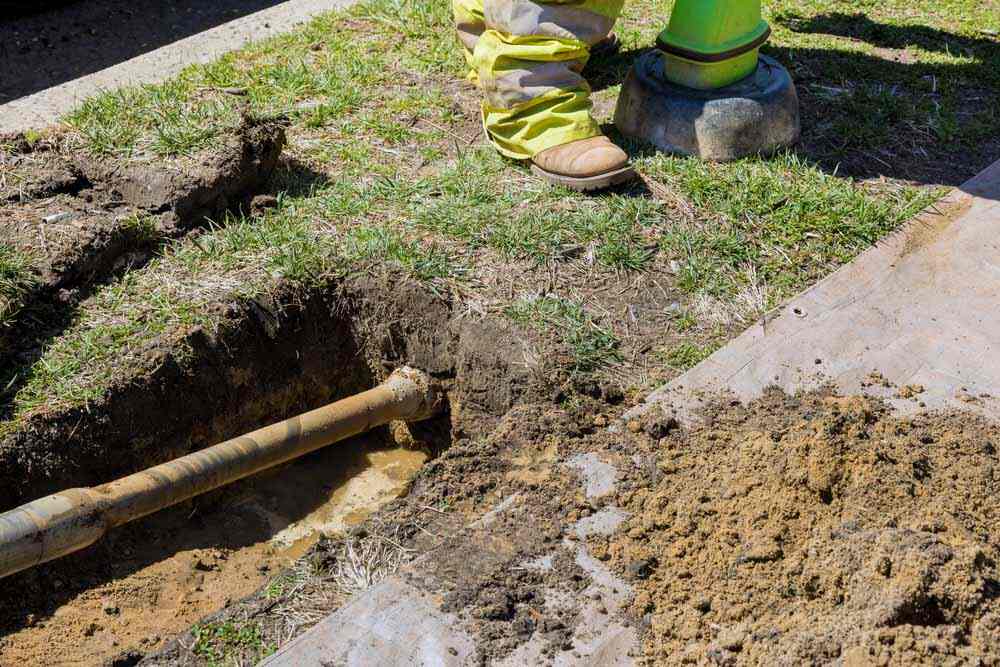
Trenchless methods changed how homeowners and property managers approach sewer line concerns. Instead of heavy digging and property disruption, modern techniques offer a cleaner and faster way to restore underground lines. Still, many ask the same question: how long will the repair hold? The Plumber’s Plumber addresses this concern, offering insights to property owners considering trenchless sewer repair in North Fort Myers, FL.
Actual Lifespan of Trenchless Repairs
Trenchless pipe repair typically lasts 50 or more years when properly installed and maintained. The cured-in-place pipe (CIPP) lining process creates a seamless, jointless pipe within your existing sewer line.
The resin materials used in modern trenchless repairs resist corrosion, root intrusion, and chemical damage better than many traditional pipe materials. These repairs often outlast the original pipes they replace, particularly when those original pipes were clay, cast iron, or older PVC installations from the 1970s and 1980s.
Factors That Affect Repair Longevity
Several variables influence how long your trenchless repairs will last. Soil conditions, groundwater levels, and the quality of the original installation play crucial roles in determining lifespan. Pipes installed in stable soil with proper grade and adequate support typically perform better over time.
The condition of your existing pipe before repair also matters significantly. Trenchless repair works best when the host pipe maintains some structural integrity. Severely collapsed or completely deteriorated pipes may require different approaches or trenchless sewer replacement to achieve optimal results.
Regular maintenance extends the life of any sewer repair. Annual inspections and prompt attention to minor issues prevent small problems from becoming major failures that could compromise your investment.
Comparing Trenchless Methods to Traditional Repairs
Traditional dig-and-replace methods typically last 25 to 50 years, depending on pipe material and installation quality. Trenchless pipe lining often exceeds these timeframes because the new pipe eliminates joints where root intrusion and leaks commonly occur.
The installation process for trenchless repairs also reduces variables that can affect longevity. Weather delays, soil contamination, and improper backfilling—common issues with excavation projects—become non-factors with trenchless methods.
Frequently Asked Questions
Q: Does pipe lining reduce the diameter of my sewer line significantly?
A: Most trenchless pipe lining reduces internal diameter by only 3-6mm, which has a negligible impact on flow capacity for residential applications. The smooth interior surface actually improves flow efficiency compared to deteriorated original pipes.
Q: Can tree roots penetrate trenchless repairs?
A: Properly installed trenchless repairs create a seamless barrier that roots cannot penetrate. The cured lining has no joints or weak points where roots typically enter sewer systems.
Q: Is trenchless repair safe for older homes?
A: Yes. Trenchless methods are often ideal for older homes because they reduce disturbance to landscaping and protect historic foundations from excavation damage.
When you choose experienced professionals for your trenchless pipe replacement or repairs, you receive both immediate problem resolution and decades of reliable service. The Plumber's Plumber has been locally trusted since 1980, with our licensed and insured professionals dedicated to keeping your property’s plumbing system in consistent, optimal conditions. Call us today to schedule an appointment.


